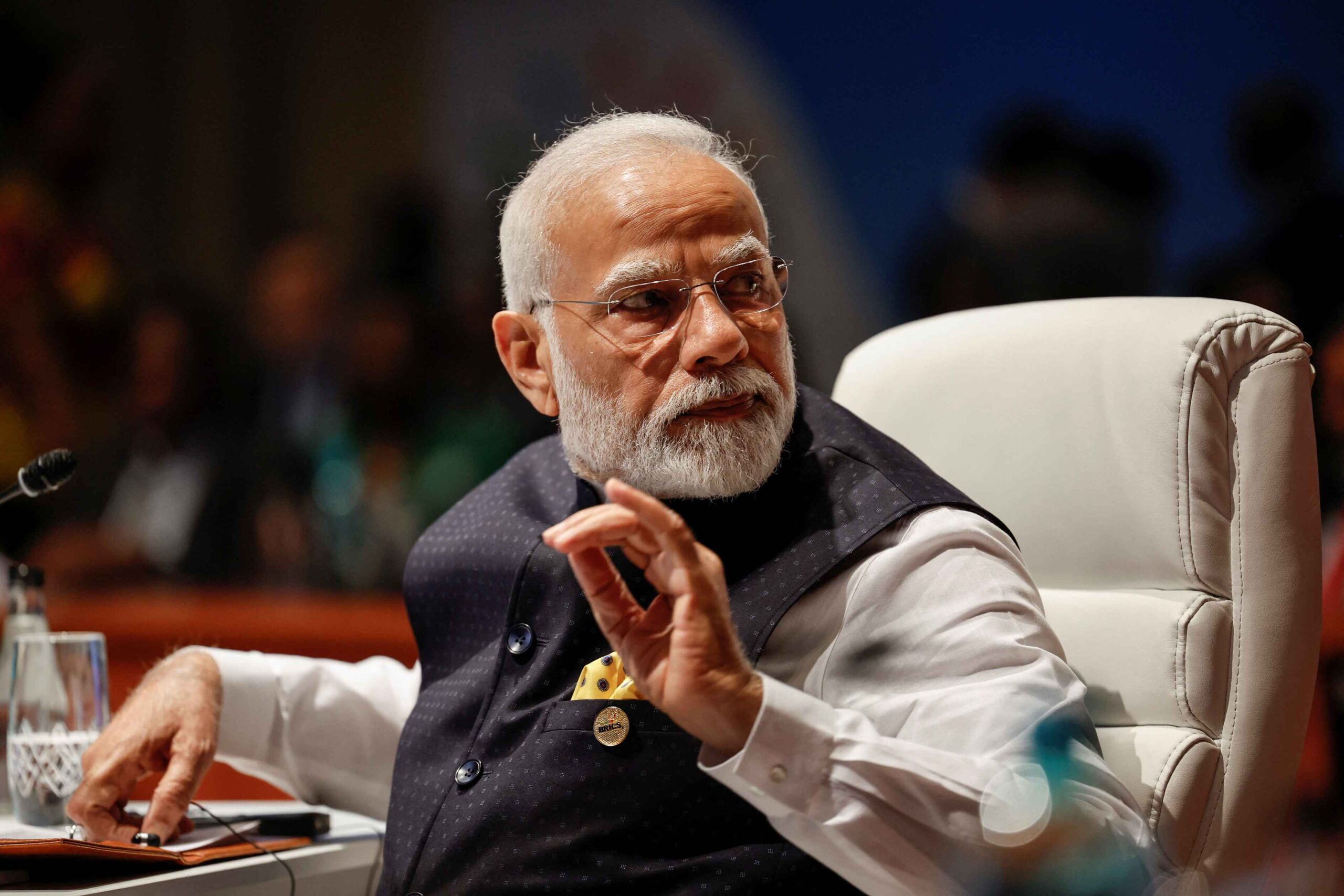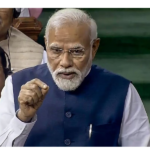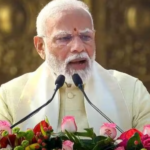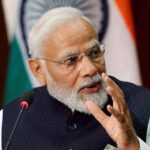In light of the fact that voters in five states have now cast their votes in a series of state assembly elections that have just recently finished, the attention of 1.4 billion Indians, as well as those who are viewing from outside, is now focused on the general elections of the country, which are anticipated to take place over the course of several weeks in April–May 2024.
The Bhartiya Janata Party (BJP), which is led by Prime Minister Narendra Modi, received a significant boost as a result of the results of the state elections that took place on December 3. The states of Chhattisgarh, Madhya Pradesh, and Rajasthan, which are located in the Hindi belt, were all won by the party in the elections.

Telangana, which is located in the southern region of the country, was the sole district in which the opposition Indian National Congress (INC, also referred to as the Congress Party) emerged victorious. Neither the Bhartiya Janata Party (BJP) nor the Congress Party played a significant role in the conflict in Mizoram. What is already general knowledge is confirmed by these results:
with regard to the parliamentary elections that will take place in 2024, the Bhartiya Janata Party (BJP) continues to hold a strong position of leadership. One of the primary factors that contributes to this advantage is Modi’s everlasting popularity. Morning Consult, a publication that monitors the weekly popularity ratings of more than twenty democratically elected foreign leaders, found that 78 percent of Indians who were polled in late November were satisfied with Modi’s performance on the job.
This is a staggering +60, which is Modi’s net approval, which is computed by subtracting the percentage of respondents who disapprove of his performance from the percentage who approve of it. Andrés Manuel López Obrador, the President of Mexico, has a net rating of “only” +30, making him the second most popular leader on the list. Since August 2019, when the data were initially made available, Modi’s approval has been surprisingly steady, which is even more remarkable than the fact that it has been remarkable.1.
Interpreting India’s Election Contest of 2024
 The results of polls conducted within India’s borders demonstrate that Modi’s popularity has not diminished, and this fact continues to contribute to the supremacy of his party.
The results of polls conducted within India’s borders demonstrate that Modi’s popularity has not diminished, and this fact continues to contribute to the supremacy of his party.
The Mood of the Nation poll, which is conducted every two years by India Today, has consistently demonstrated, including as recently as August 2023, that the National Democratic Alliance (NDA), which is led by the Bhartiya Janata Party (BJP), would easily secure a majority of seats in the Lok Sabha. This is the case even if the NDA’s majority decreases in comparison to its total in 2019 (which was 353 seats, as shown in figure 1).
On the other hand, elections are not predetermined coronations; rather, they are popular demonstrations of the will of the public through voting. Previous experiences, such the surprising shock that the previous administration of the National Democratic Alliance (NDA) experienced at the hands of the United Progressive Alliance (UPA) led by the Congress Party in 2004, provide evidence that Indian voters do not mindlessly acquiesce to the common knowledge of the moment.
At the beginning of the road leading to 2024, there are five topics that are worth keeping an eye on: the diminishing predictive value of state elections, the difficulty of opposition cooperation, the struggle for backward castes, the arms race of competitive welfareism, and the emergence of foreign policy as a popular concern.
LIMITATIONS ON THE RESULTS OF STATE ELECTION
The first thing that should be kept in mind is that the most recent elections for the state legislature have a limited capacity for prediction. It would be impolite to deny the Bhartiya Janata Party (BJP) the opportunity to celebrate, but it would be naïve for the party to imagine that these results can mechanically predict how voters in these five states will behave in the general elections that will take place the following year.

During a previous period in the history of Indian politics, academics identified a clear connection between the elections held at the state and national levels. According to the findings of Nirmala Ravishankar, a political scientist, candidates that were put up by state ruling parties in national elections performed better when the elections took place early on in the tenure of the state government.
On the other hand, candidates who were nominated by state ruling parties and whose respective governments were well into their terms were punished in national elections with negative consequences.

 The results of polls conducted within India’s borders demonstrate that Modi’s popularity has not diminished, and this fact continues to contribute to the supremacy of his party.
The results of polls conducted within India’s borders demonstrate that Modi’s popularity has not diminished, and this fact continues to contribute to the supremacy of his party.






